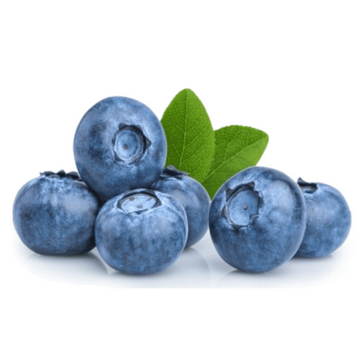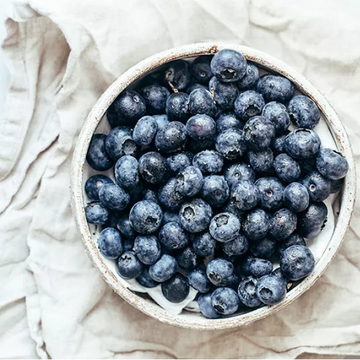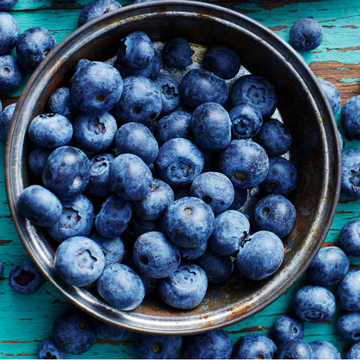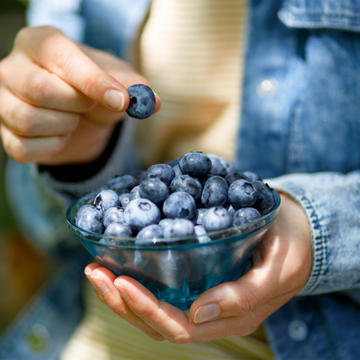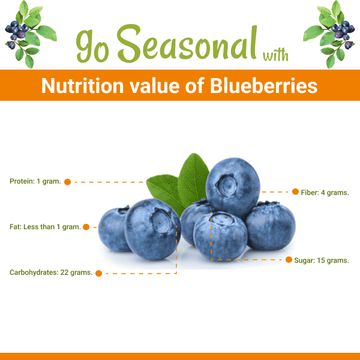Buy Blueberries(بلیو بیریز) - 1kg
Best Offers: 1kg
Quantity:
This product is currently out of stock, but you can place an order through WhatsApp. We'll try our best to make it available for you if possible
Elizabeth White: The Woman Who Invented the Blueberry | New Jersey: Then and Now. By 1916, Elizabeth White and Dr. Fredrerick Coville, USDA Botanist, had cultivated the first batch of domesticated blueberries. This clip explains how blueberries went from the fields in New Jersey into a worldwide industry...
Blueberries have a particularly distinctive color — hence their name. But blue is a rare color in nature and few naturally occurring organic compounds give living things this color.
Blueberries are often called a “superfood.” This small but mighty berry is loaded with nutrients. They may help lower blood pressure, prevent heart disease, improve memory, aid in exercise recovery, and more. Blueberries are sweet, nutritious & wildly popular.
Benefits:
-
It may act as an antioxidant.
-
It may have anti-cancer activity.
-
It may have bodyweight maintenance ability.
-
It may have a blood sugar-lowering effect.
-
It may have a cholesterol-lowering effect.
-
It may have a blood pressure maintaining activity.
-
It may have antibacterial activity.
Uses:
Eating Fresh: Blueberries are often eaten fresh as a snack or added to cereals, yogurt, salads, or smoothies.
Baking: They can be used in baking muffins, pies, cakes, and pancakes, adding a sweet and tangy flavor.
Preserving: Blueberries can be preserved by freezing them for later use in recipes.
Jam and Jellies: Blueberries are commonly used to make jams, jellies, and preserves due to their natural pectin content.
Smoothies: They are a popular ingredient in smoothies, providing both flavor and nutritional value.
Salads: Blueberries can be added to fruit salads or mixed greens salads to add color, flavor, and nutrition.
Sauces and Syrups: Blueberries can be cooked down into sauces or syrups that can be used as toppings for pancakes, waffles, or desserts.
Health Benefits: Blueberries are rich in antioxidants, vitamins (like vitamins C and K), and fiber, which contribute to their reputation as a superfood with potential benefits for heart health, brain function, and reducing inflammation.
Nutrition value :
-
Protein: 1 gram.
-
Fat: Less than 1 gram.
-
Carbohydrates: 22 grams.
-
Fiber: 4 grams.
-
Sugar: 15 grams.












